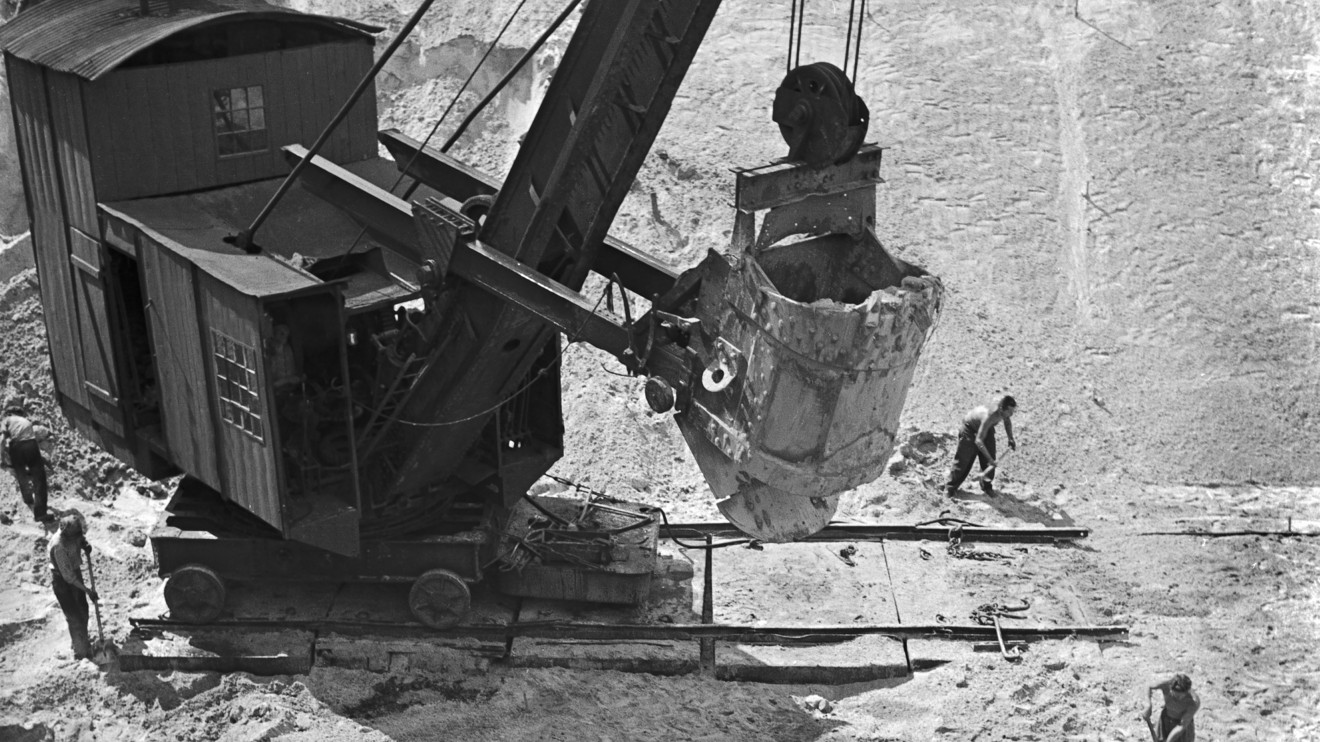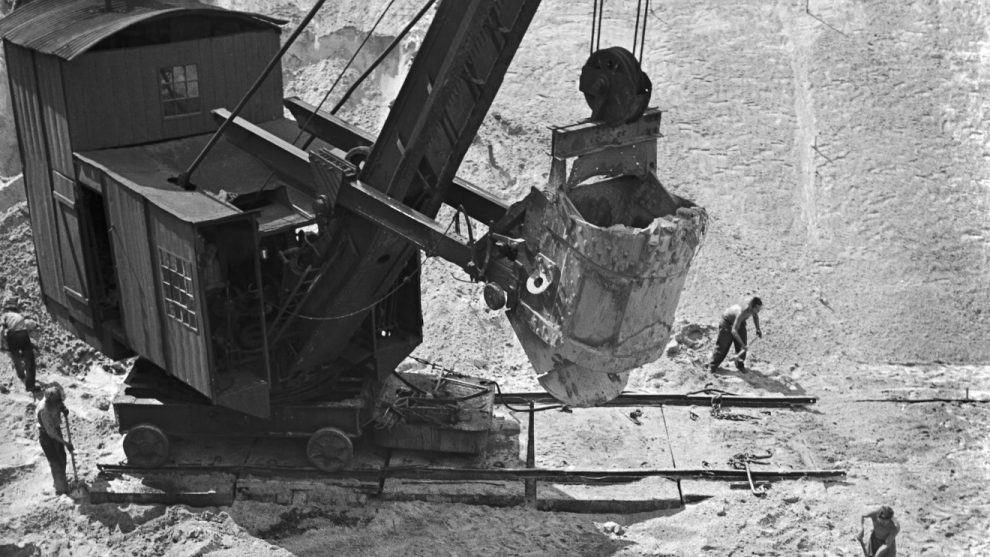
The hits just keep on coming.
First came the stunning 2.5 million increase in non-arm payrolls for May, a 10 million forecast miss by economists looking for a huge decline. May’s record increase followed April’s record decline of 20.7 million jobs.
Then came the 17.7% surge in May retail sales, a record on the heels of April’s record 14.7% decline.
Add to that an array of better-than-expected readings from qualitative measures on consumer,small business and home builder confidence, and no wonder the stock market SPX, -0.36% DJIA, -0.64% is ebullient.
Don’t confuse the level of output with the rate of change.
“The former tells you how far you have to travel to get to the destination; the latter tells you which direction” — and how fast — “you are traveling,” said Michael Darda, chief economist at MKM Partners, in a note to clients.
Based on upbeat economic data for May, economists are paring their previous forecasts for a record 35% decline in second-quarter real gross domestic product following the first quarter’s 5% fall. But that would still leave a gaping hole of about 10% in the level of GDP that needs to be filled. And it suggests a long timeline before the U.S. economy returns to pre-pandemic levels.
For example, despite the surprisingly positive news on hiring and consumer spending, the level of retail sales in May was 8.3% below the January peak. And there were 20 million fewer job-holders in May than there were in February.
So the trend is positive. It’s just that the road to recovery is littered with potholes that could impede the journey.
Federal Reserve Chairman Jerome Powell outlined the hurdles to a speedy recovery at his post-meeting press conference last week and in congressional testimony this week.
His glass-half-empty assessment focused on the long-term damage to low-income households and minorities most affected by the forced economic shutdown and other measures imposed to combat the coronavirus.
“The longer the downturn lasts, the greater the potential for longer-term damage from permanent job loss and business closures,” Powell said in prepared testimony accompanying the Fed’s semi-annual monetary policy report to Congress.
An extended downturn would mean an erosion in worker skills and job prospects, he said. It would pose a risk to small businesses, which “are the heart of our economy,” employing almost half the workers in the U.S.
The Fed’s summary of economic projections, released at the conclusion of its June 9-10 meeting, clarify Powell’s cautious assessment of the economic outlook. The median forecast for the unemployment rate, currently 13.3%, is 9.3% at the end of this year, 6.5% at year-end 2021 and 5.5% at year-end 2022.
For that reason, the Fed expects its policy rate, currently at 0%-0.25%, to remain at that level at least through the end of 2022.
Powell said more help will be probably be needed. The Fed has already deployed and expanded its toolkit, lowering interest rates to near zero; providing liquidity to the markets when necessary; increasing its purchases of Treasuries and agency mortgage-backed securities; and establishing 11 credit and liquidity facilities to promote the flow of credit to all sectors of the economy.
The Fed, in his words, will do “whatever we can and for as long as it takes to provide some relief and stability, to ensure that the recovery will be as strong as possible, and to limit lasting damage to the economy,” Powell pledged at his June 10 press conference.
He urged Congress, without being too specific on the details, not to pull back from the support it has provided via the CARES Act to those affected by the shutdown, especially the unemployed and small businesses.
The upbeat monthly economic data comes at a time when 20 states are seeing an increase in the reported cases of COVID-19. On Tuesday, Florida, Texas and Arizona reported a record number of new cases.
Unless the number of cases stabilize and begin to decline on a nationwide basis, it may mean further shutdowns in affected areas and additional impediments to a swift rebound in economic growth. That would aggravate the issues Powell outlined and further challenge a return to normal for small businesses and the most critically affected workers, exacerbating existing racial and socio-economic disparities.
The current downturn, aptly named the Great Lockdown, is unlike previous recessions in that it was driven by a public health crisis. For that reason, “much of the economic uncertainty” is a reflection of “uncertainty about the path of the disease and the effects of measures to contain it,” Powell said
“Until the public is confident that the disease is contained, a full recovery is unlikely,” he said.
Which is why the current situation is so challenging, the road to recovery so rocky and the final outcome so dependent less on the attainment of a set of economic variables than on the successful development of a COVID-19 vaccine.











Add Comment